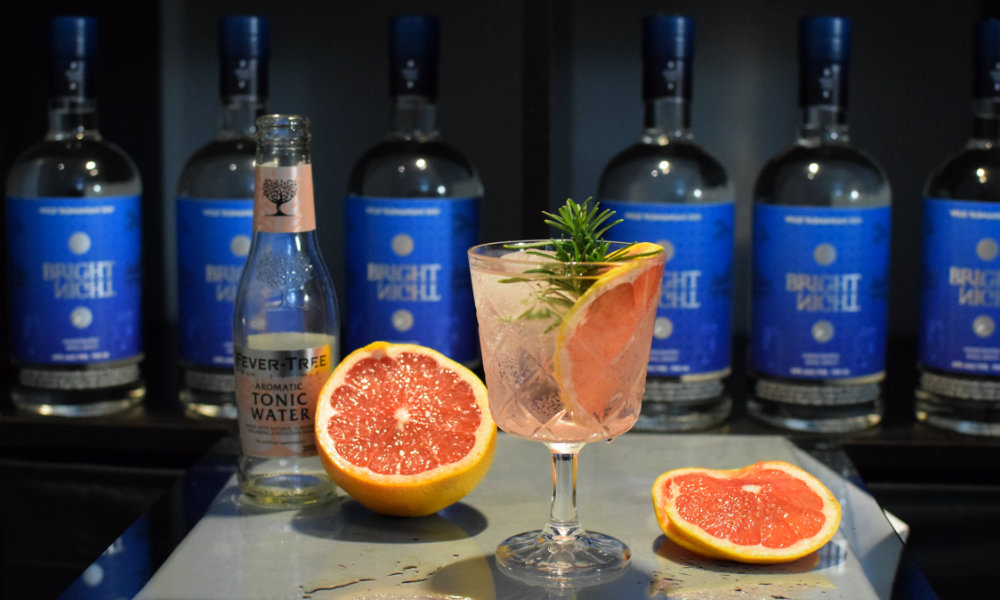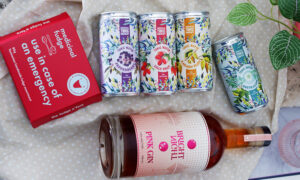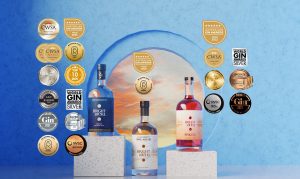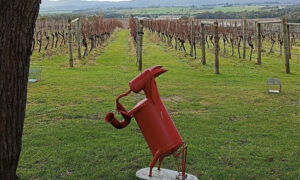One of the most popular cocktails of all time. The classic gin and tonic.
How did the gin and tonic become this popular? Most of all, how did we discover gin and tonic?
Winston Churchill once said, “The gin and tonic has saved more Englishmen’s lives, and minds, than all the doctors in the empire.” What a powerful statement for a drink that’s known to be as simple as a great refreshment today.
Why did he say something like that? Because during the British empire in India, gin and tonic were actually used to treat Malaria. Before this, gin (or juniper) was already known to have healing properties. In fact, gin started out as a medicine by the Dutch instead of a refreshment. So this mix both have a history of healing Europeans.

How did the gin and tonic become the Britishmen’s cure for Malaria and the saviour of Englishmen’s lives? Let’s find out.
How people discovered the Peruvian Bark
The real treatment for Malaria fever (the most effective in history) is the bark that comes from the Quina-quina or aka Cinchona tree.
Back in the 17th century, indigenous people from Latin America, specifically Peru, used the bark of this tree to treat fevers. You might also know this bark to be “Quinine.” However, before it became “Quinine” it was first called the “Peruvian bark” as stated in the religious writings of Jesuits, which was first recorded in 1633. For some time, it was also called the “Jesuit bark.”

How the Spanish discovered that quinine can treat Malaria
But, how did the Europeans get ahold of this bark?
The Quina-quina tree became more popularly known as the Cinchona tree because it was named after the wife of the Spanish viceroy to Peru, Countess Anna del Chinchón. According to stories, the countess caught Malaria fever in 1638. As they were situated in Peru, the countess used the famous Peruvian bark to treat the fever and it proved effective in warding off the disease.
Because of this, the Peruvian bark became recognized as the treatment for Malaria fever. However, the medical community did not accept this fully until it healed Charles II by the end of the 17th century.
How the Britishmen discovered Tonic water
There is a reason why it is named “Tonic” water. It was originally used as a medicine, too. What’s the relevance of this to the Peruvian bark?
The news about the Peruvian bark was slow to reach the whole of Europe. It wasn’t until 1820 that two French scientists got ahold of it and separated the alkaloids from the powdered bark. This became known as “Quinine.”
The Britishmen proceeded to use this to treat Malaria like everybody else but did not like the taste of it as it was very bitter. It would be bitter, of course, because it comes from tree bark. Since they did not like the taste, in the early 19th century, the Britishmen in East India started to consume Quinine with soda and water. This very mixture became Tonic water!

How Gin and Tonic became popular
Knowing the Britishmen, they were (and still are) obsessed with gin. Gin was their most loved drink in Britain which caused the country both chaos and blessings in the early times. Gin and tonic was bound to happen.
Because Tonic water was still quite bitter due to the Quinine content that it has, the Britishmen decided to add gin to it to make them taste even better.
After this, they also found out that adding citrus and ice to the mix would make the drink way better. Little did they know that they were creating one of the world’s most loved cocktails due to its great taste and ease of making. Also, you can try out the Bright Night Pink Gin Today!
Now, we all know that during these times, the Britishmen had colonies across the world. The use of the gin and tonic mixture became fastly popular everywhere. From the medicinal mixture that it used to be, it became this cocktail that we all just enjoy as a refreshment.
That’s how Gin and Tonic became what it is today.
Fun fact: Tonic water has lesser Quinine content than it used to have now because it’s no longer used as a medicine.
FOLLOW US ON SOCIAL MEDIA
Our range of multi award winning gins
Bright Night Wild Tasmanian Gin

Capture multi award winning Wild Tasmania in your glass. Recently awarded Asia Pacific spirit of the year 2022.
$79.95 incl GSTAdd to cart
Bright Night Pink Gin

Looks like summer sunset, tastes like strawberry sherbet. Made with Tasmanian murtis berries, try our new Pink Gin.
$99.00 incl GSTAdd to cart
Chardonnay Barrel Aged Gin

Award winning Wild Tasmanian Gin aged in a Tasmanian Winery's Choardonnay (French Oak) Barrel
$94.00 incl GSTAdd to cart



